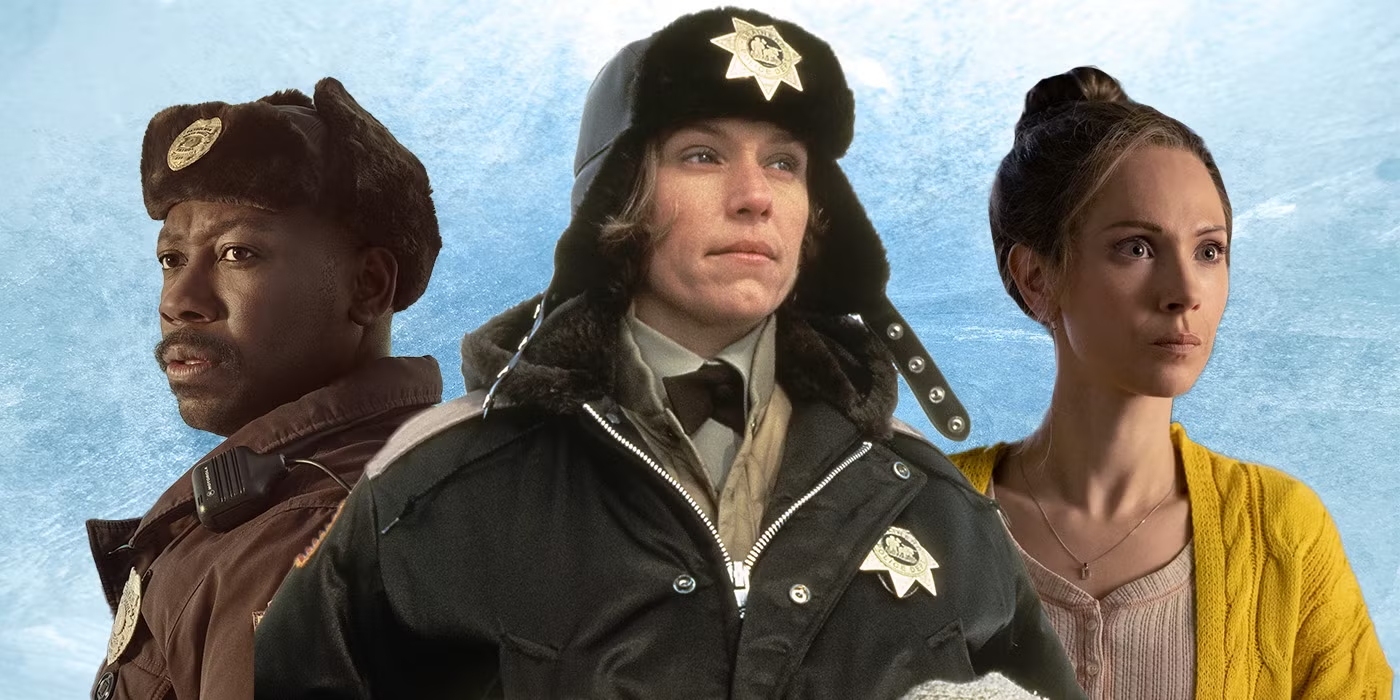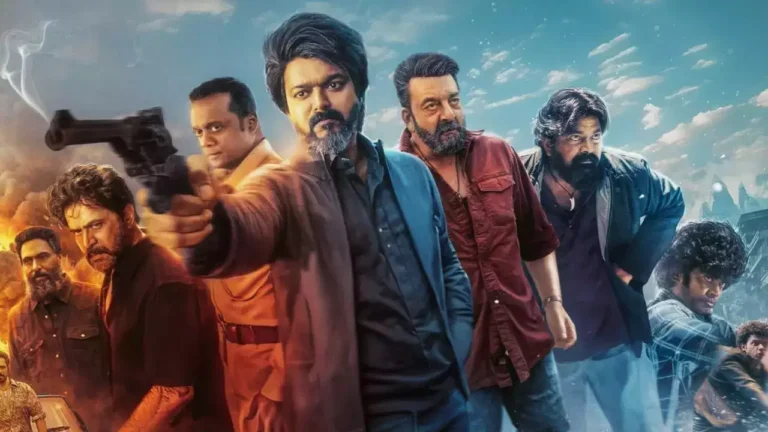
When we hear the phrase “based on a true story,” it often ignites curiosity and intrigue. The film “Fargo,” released in 1996 and later adapted into a television series, is no exception. Audiences worldwide have been captivated by its unique blend of dark humor, crime, and morality, but it raises an essential question: Is Fargo a true story? In this article, we’ll explore the origins of “Fargo,” its real-life inspirations, and how the line between reality and fiction blurs in storytelling.
The Film: A Brief Overview
Before diving into the true story aspect, let’s take a moment to discuss what “Fargo” is all about. Directed by the Coen Brothers, Joel and Ethan Coen, the film presents a chilling tale set in the icy landscapes of Minnesota and North Dakota. The plot revolves around a desperate car salesman, Jerry Lundegaard, who hires two criminals to kidnap his wife in hopes of getting ransom money from his wealthy father-in-law.
Key Characters
- Jerry Lundegaard: A financially troubled car salesman played by William H. Macy.
- Marge Gunderson: A pregnant police chief, portrayed by Frances McDormand, who investigates the case.
- Carl Showalter and Garett: The two criminals hired by Jerry, played by Steve Buscemi and Peter Stormare, respectively.
Film’s Reception
Upon its release, “Fargo” received critical acclaim, earning two Academy Awards and a spot in the hearts of many fans. Its quirky characters, sharp dialogue, and unique blend of suspense and humor made it a landmark film in American cinema.
The True Story Behind “Fargo”
So, is Fargo a true story? The Coen Brothers have stated that while the film is not a direct retelling of actual events, it draws inspiration from several real-life incidents. The phrase “This is a true story” that appears at the beginning of the film sets the stage for the audience, leading them to believe that what follows has roots in reality. However, the Coens later clarified that they took creative liberties, crafting a narrative that feels authentic yet remains fictional.
Real-Life Inspirations
Several real events and people influenced the story, even if it’s not a strict retelling. Here are some notable inspirations:
- The Murder of Harlan M. Hinton: In the late 1970s, a man named Harlan M. Hinton was killed in a botched kidnapping scheme. His murder involved deceit and betrayal, echoing themes present in “Fargo.”
- The Unusual Crimes of North Dakota: The Midwest has seen its fair share of odd crimes, which the Coen Brothers found intriguing. The area’s quirky personalities and rural setting provided a rich backdrop for the film’s events.
- Minnesota’s Dark History: While many view Minnesota as a friendly state, it has had its share of crimes and mysteries that could easily inspire a film like “Fargo.”
Blending Reality and Fiction
The Coen Brothers excel at blurring the lines between real-life events and fiction. They do this through compelling characters, clever dialogue, and a distinctive tone that brings their stories to life. Their storytelling allows audiences to feel connected to the narrative, even when it’s not directly based on a true story.
The Television Series: Expanding the Universe
Following the film’s success, “Fargo” was adapted into a television series that premiered in 2014. Created by Noah Hawley, the series maintains the original’s spirit while introducing new characters and storylines in different time periods and locations.
Seasons Overview
Each season of the series features its own self-contained story, linked by themes of crime, morality, and the human condition.
- Season 1: Set in 2006, it revolves around a drifter, Lorne Malvo, who influences a small-town insurance salesman, Lester Nygaard, leading to a chain of events that spiral out of control.
- Season 2: This season takes place in the 1970s, exploring the conflict between a local crime family and a rival group, alongside a murder investigation by a young Lou Solverson.
- Season 3: Set in 2010, it follows the feud between two brothers, Emmit and Ray Stussy, and the chaos that ensues.
- Season 4: This season shifts to the 1950s, exploring the dynamics between two crime syndicates—one African American and one Italian American—amidst racial tensions.
Connection to the Original Film
While each season stands alone, they often reference the original film and its themes, creating a rich tapestry that pays homage to the story that started it all. The narrative style and character-driven plots mirror the film’s tone while expanding on the “Fargo” universe in fresh and innovative ways.
Exploring the Themes of “Fargo”
“Fargo” isn’t just about crime; it delves into deeper themes that resonate with audiences. Understanding these themes can help clarify the narrative’s significance beyond mere entertainment.
Morality and Consequences
One of the most profound themes in both the film and series is the exploration of morality. Characters face moral dilemmas that lead them down dark paths, showcasing how ordinary people can become entangled in extraordinary circumstances.
- Marge Gunderson exemplifies moral integrity, serving as a counterbalance to the chaos around her.
- Jerry Lundegaard, on the other hand, embodies the desperate lengths individuals will go to when they feel cornered.
The Absurdity of Life
The Coen Brothers are known for their unique perspective on the absurdity of life. In “Fargo,” the blend of dark humor and chilling events creates a sense of unease that mirrors real-life unpredictability. This theme is evident in:
- Characters’ Quirks: The odd behaviors and quirks of the characters highlight the unpredictability of human nature.
- Unexpected Twists: Just when things seem to settle, the narrative throws unexpected events at the characters, emphasizing life’s chaos.
Setting as a Character
The snowy landscapes of Minnesota and North Dakota serve as a backdrop that is almost a character in itself. The harsh winter conditions amplify the film’s tone and contribute to the atmosphere of isolation and desperation.
- Visual Contrast: The serene beauty of the snow contrasts with the violence and moral ambiguity of the characters’ actions, creating a striking visual narrative.
- Cultural Reflections: The setting reflects the Midwest’s culture and quirks, providing authenticity to the story while making it relatable.
The Impact of “Fargo” on Pop Culture
Since its release, “Fargo” has left an indelible mark on popular culture. Its unique blend of crime, humor, and human drama has influenced countless filmmakers, writers, and artists.
Iconic Quotes and Scenes
Many quotes and scenes from “Fargo” have become iconic, resonating with audiences long after they first watched the film or series. For instance:
- Marge’s Lines: “There’s more to life than a little money, you know.” This quote encapsulates the moral undertones of the story.
- The Woodchipper Scene: A shocking yet darkly humorous moment that highlights the absurdity and horror present in the narrative.
Awards and Recognition
The film and series have garnered numerous awards, including:
- Academy Awards: The film won two Oscars, including Best Original Screenplay.
- Emmy Awards: The series has won several Emmys, solidifying its status as a high-quality adaptation.
Conclusion: Is Fargo a True Story?
In conclusion, while “Fargo” is not strictly a true story, it draws inspiration from real-life events and the peculiarities of human nature. The Coen Brothers masterfully blend fact and fiction, creating a narrative that feels genuine and relatable.
As we reflect on is Fargo a true story, it’s clear that the film and series stand as a testament to the complexity of storytelling. They remind us that the truth can be stranger than fiction, and sometimes, the most compelling stories come from the imaginative minds of creators who seek to explore the human experience.
Whether you’re a fan of the film, the series, or both, understanding the underlying themes and inspirations can deepen your appreciation for this remarkable piece of cinematic history. “Fargo” continues to resonate with audiences, proving that while the events may be fictional, the emotions and truths portrayed are very real.
This article seeks to provide you with a comprehensive understanding of the question, “is Fargo a true story?” while engaging you with rich content, detailed analysis, and insights into the fascinating world created by the Coen Brothers.






